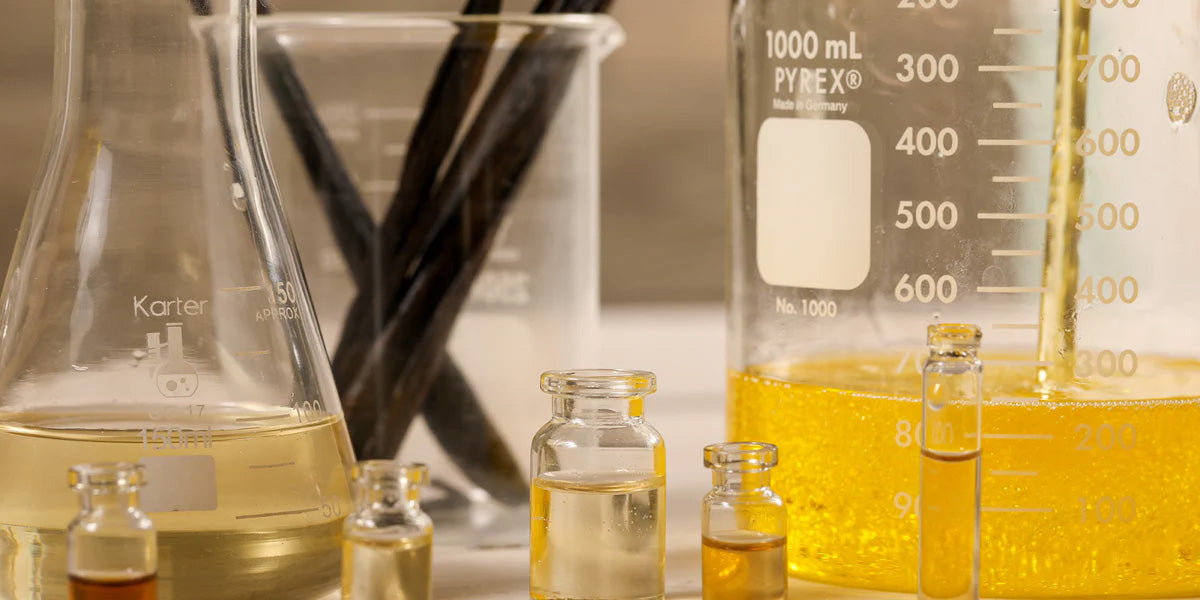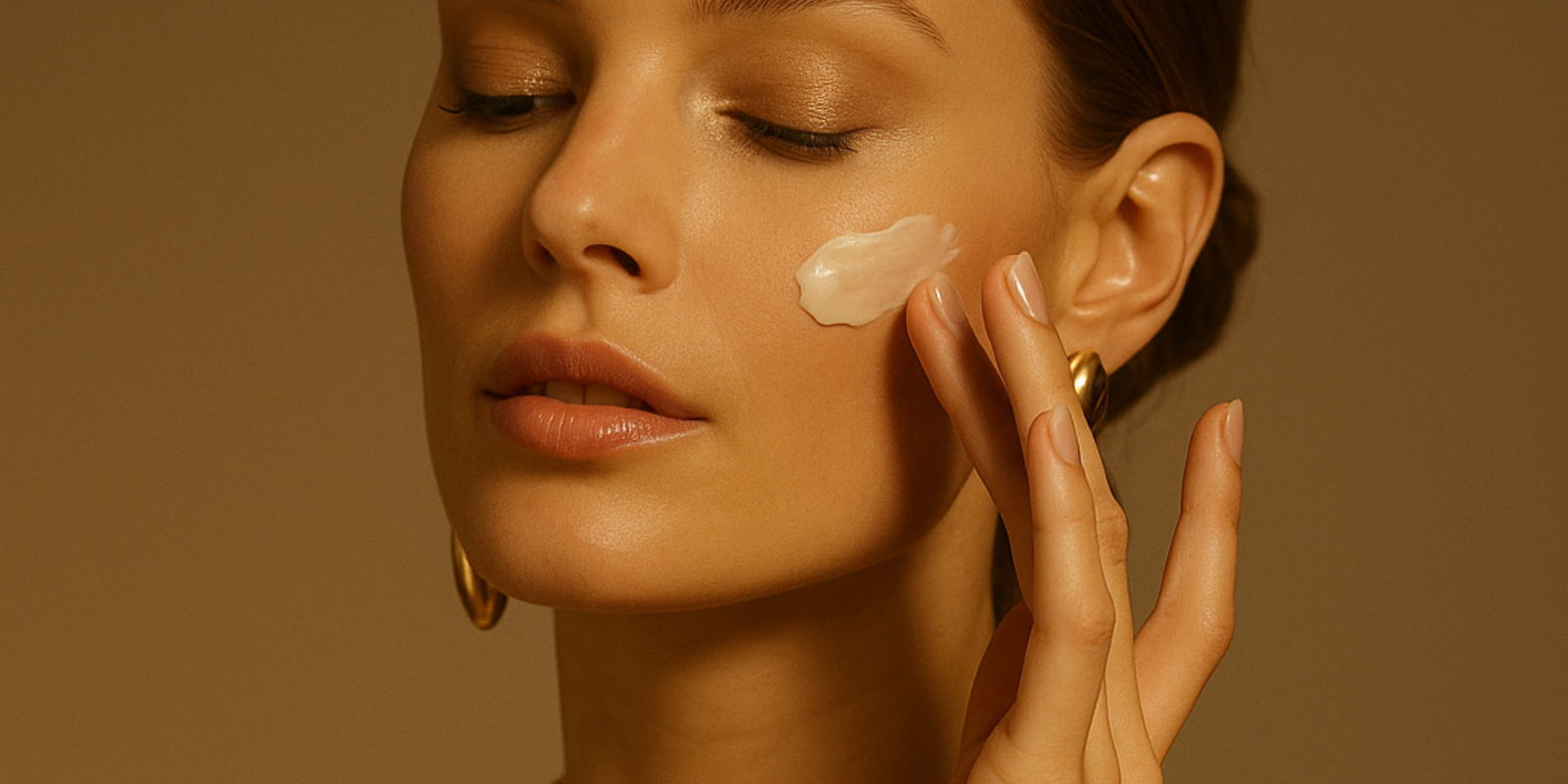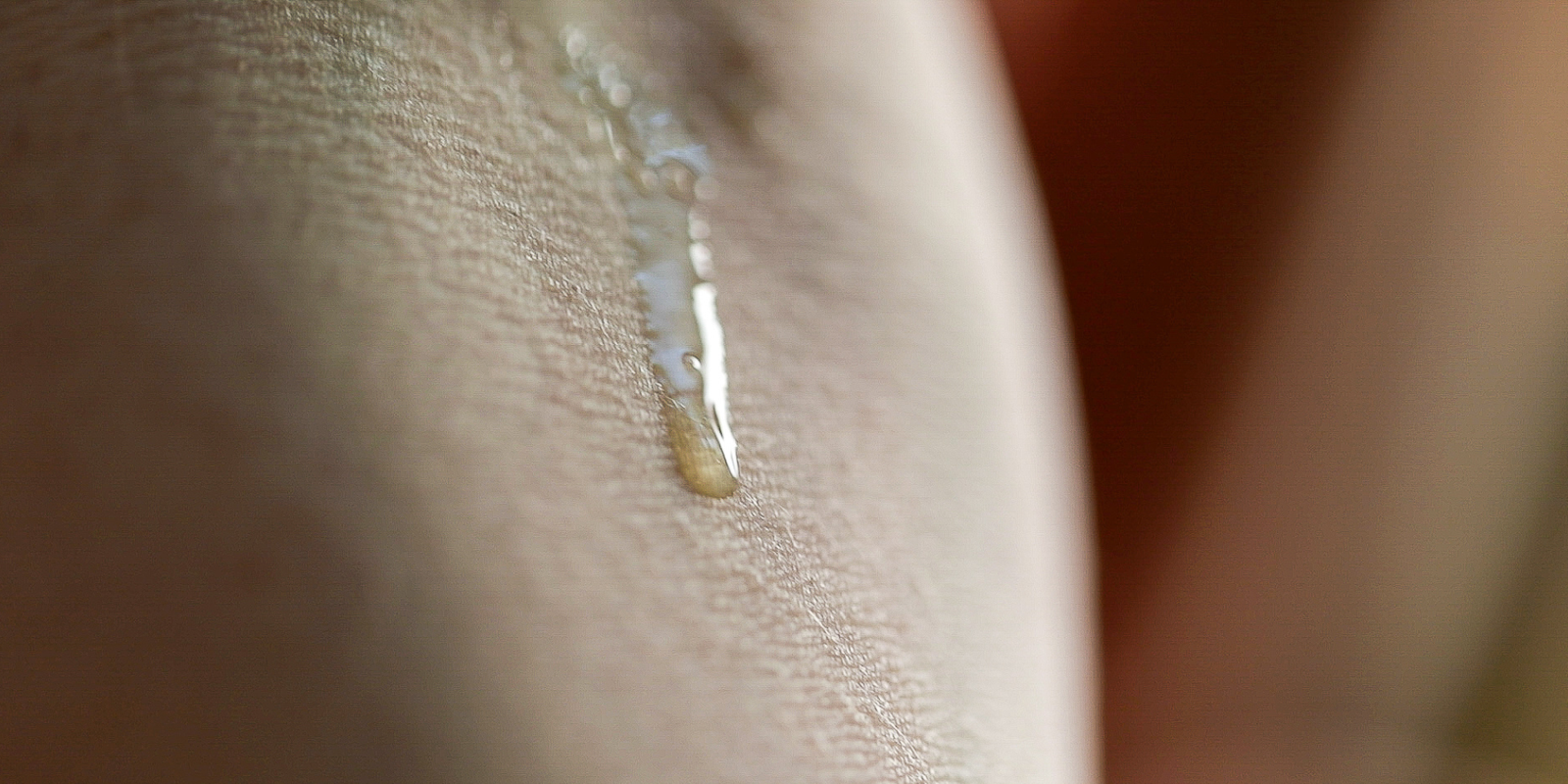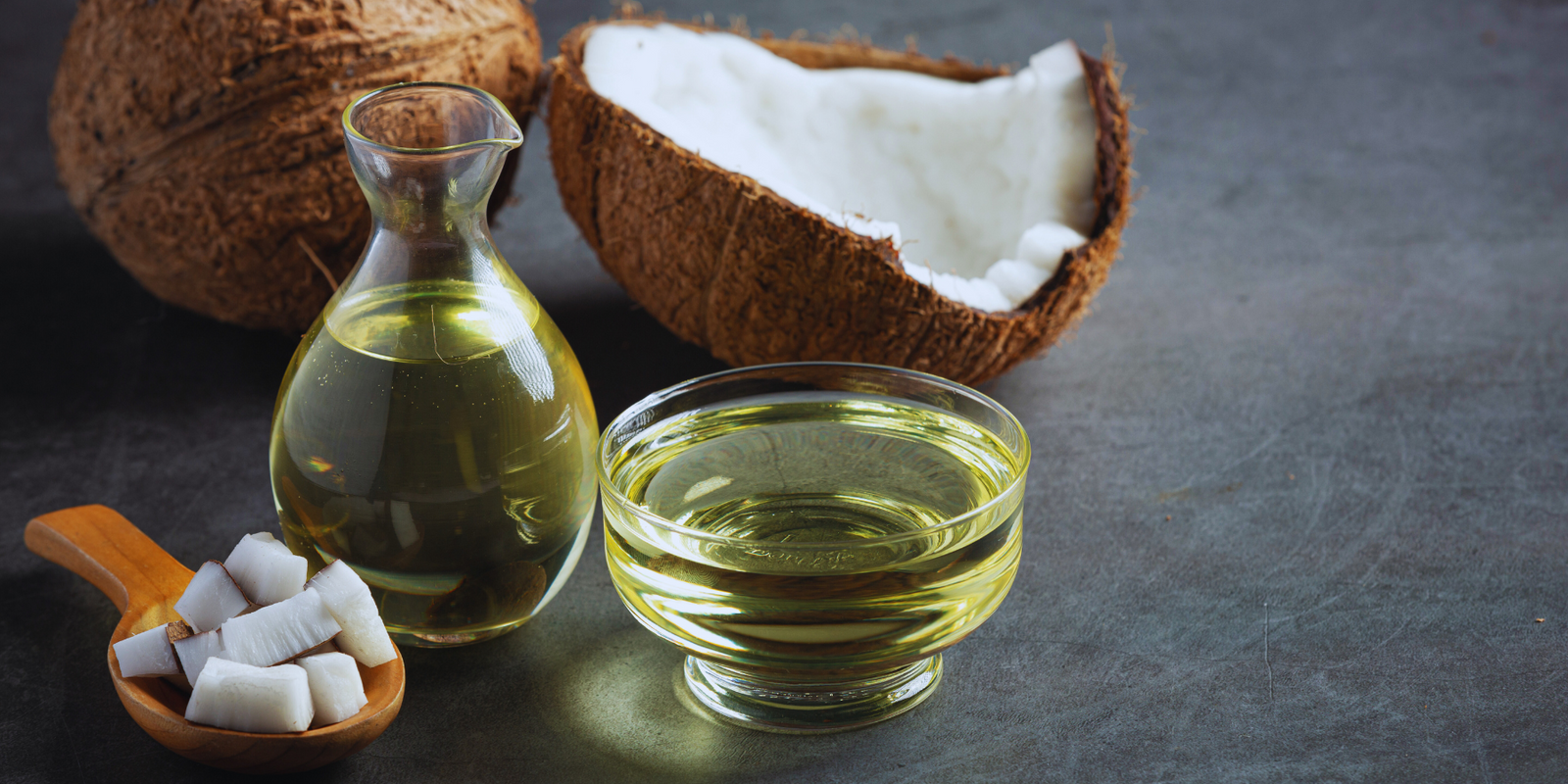EWG Verified & Leaping Bunny Certified | Free Shipping $50+
EWG Verified & Leaping Bunny Certified | Free Shipping $50+
Anatomy Of A Face Oil

Anatomy Of A Face Oil
Introduction.
Oil has had a renaissance in the skincare industry over the past few years. For thousands of years, people used oils to moisturize and heal their skin. Around the turn of the last century, though, things changed, and oil-free skincare became all the rage.
Now, people are once again embracing oils, but I notice a lot of confusion out there about what exactly a face oil is and how it should be used. In this post, I’ll explain what face oils are, what they are made of, why it’s important to know what is in them, and how they can be incorporated into your skincare routine.
What is a face oil?
A face oil, quite simply, is an oil-based product that is used as a facial moisturizer. Its purpose is to moisturize, soften, balance, and improve the health and appearance of your skin.
Basic structure of a face oil.
For the most part, face oils are made from two different types of oils: carrier oils and essential oils. The oil can also be infused with dry ingredients, such as herbs, spices, flowers, and plant materials for additional skin benefits.
Carrier oils are the moisturizing base of all face oils.
All face oils begin with a blend of (or a single) carrier oils. These are considered the ‘base oils’ in a face oil formula. Carrier oils are oils that are primarily extracted from the nuts and seeds of plants. Examples include olive, castor, argan, apricot kernel, almond, sesame, etc.
They are called carrier oils because of their ability to ‘carry’ beneficial compounds into the skin. There are hundreds of different carrier oils, each with a different chemical composition, which affects its scent, texture, viscosity, and skin benefits.
Carrier oils act as the moisturizing ingredients in a face oil. They are meant to keep your skin’s barrier healthy, locking moisture in, minimizing fine lines, and keeping your skin soft and smooth.
Essential oils are added to provide additional skin benefits.
I often hear a lot of confusion about essential oils and their role in skincare. Many people believe that they only serve the purpose of providing scent, but they are so much more than that.
Essential oils are not technically oils but volatile organic compounds that are pressed or steam-distilled from raw plant materials. They are called essential oils because they contain the ‘essence’ of the plant and all its chemical compounds. Plants use these compounds to repair and protect themselves, and when applied topically, they can provide similar benefits to your skin.
Essential oils act as ‘boosters’ in a face oil; they can target sun spots, scarring, acne, irritation, and overall texture and tone.
Infusing face oils for even more skin benefits.
Face oils can be infused with all kinds of herbs, spices, and plant materials. This will impart the oil with even more beneficial compounds. To infuse oil, the dried ingredients are placed in the oil and allowed to sit at room temperature for about a month or slowly heated over the course of a few hours. Then, the oil is strained to remove the dried ingredients, leaving behind pure, infused oil. The oil will take on the skin-enhancing properties, as well as the scent of the dried ingredients.
Why you need to know what’s in your face oil.
It’s so important to know the ingredients in a face oil because there are limitless combinations of carrier oils, essential oils, and dried herbs, which can produce completely different effects on your skin. You could have dry skin and choose an oil that is better suited to oily skin or vice versa and not get the results you are looking for. On the other hand, when you choose an oil that works well with your skin, your skin will be able to function and look its best.
Face oil ingredients for dry or sensitive skin.
When it comes to carrier oils, dry or sensitive skin benefits most from those rich in oleic (omega-9) fatty acid. These are generally thicker, heavier oils such as olive, apricot kernel, avocado, and marula oil. As far as essential oils go, I recommend calming oils that help skin stay hydrated, such as rose, lavender, sandalwood, and geranium.
Face oil ingredients for oily or acnaeic skin.
Oily or acnaeic skin reacts well to carrier oils rich in linoleic (omega-6) and linolenic (omega-3) fatty acids. These oils feel much lighter on the skin and tend to absorb quickly. My favorites include sacha inchi, safflower, grapeseed, camelina, and hemp. Oily and acneaic skin benefits from essential oils with antiseptic and astringent properties, such as frankincense, lavender, cedarwood, and myrrh.
Ingredients you should generally avoid in face oils.
Certain ingredients, while natural, are best avoided in skincare products. The main ones I suggest you avoid are citrus oils, which are phototoxic- meaning they cause your skin to react negatively when exposed to the sun. Lemon, orange, lime, bergamot, and grapefruit all smell amazing but should be avoided in skincare.
Why I formulated our Holy Grail Face Oil with these ingredients.
I began formulating our Holy Grail Face Oil back in 2014 for my facial clients who wanted to use natural products and had a hard time finding something that would work well with their skin. I wanted to design something that would work for all skin types, so I chose three carrier oils, all rich in different fatty acids- Sacha Inchi, Apricot Kernel, and Pomegranate Seed, as the base and combined them in a ratio that left the oil evenly balanced in oleic, linoleic, and linolenic fatty acids.
I decided on five essential oils- Sandalwood, Frankincense, Lavender, Rose, and Oud, that were proven skin-safe in multiple clinical studies and contain a wide range of phytonutrients that target the full spectrum of skincare concerns. Finally, I infused the oil with Saffron and Vanilla, which have potent circulation-enhancing properties and give your skin an immediate glow.
The result was a face oil that was lightweight yet deeply moisturizing and suited for all skin types, with a range of phytonutrients that help with uneven skin tone, texture, pigmentation, acne, fine lines, and overall health. Click here to learn more about it and shop now.
Also in Apotheca Edit

The Dangers of Designer Skincare
The price tag of luxury skincare doesn’t mean rare ingredients and better results. Many designer formulas prioritize packaging gimmicks and prestige over true skin health—often using silicones, synthetics, and preservatives that quietly damage your skin barrier. Learn about label transparency and why “premium” isn’t always better to reveal what skin nourishment really looks like.

The Top 10 Best (And Worst) Oils to Use On Your Face
I get asked all the time about using oils like avocado, olive, and coconut on the face—and the truth may surprise you. Not every “natural” oil is good for your skin. In this post, I break down the best and worst oils to use, what their comedogenic ratings really mean, and how to choose the ones that will actually nourish your skin instead of clogging it.

The Truth About Coconut Oil in Skincare: Why I Never Use It on the Face
While coconut oil does have benefits for skin and hair, its fatty acid profile makes it a less-than-ideal choice for facial skincare. If your goal is clear, youthful, and radiant skin, there are far better options.
Subscribe
Sign up to get the latest on sales, new releases and more …
Reviews
See why 1000's have simplified their skincare with Flora Mirabilis.
